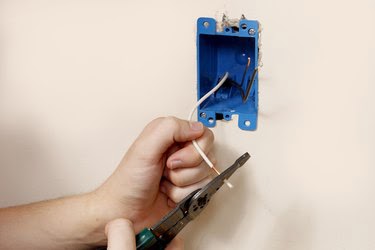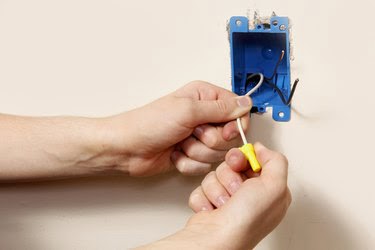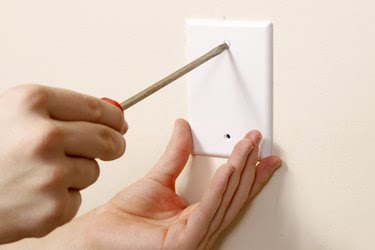Quck answer
To cap off an electrical hot wire, follow these steps:
1. Turn off the power: Before working on any electrical wiring, make sure to turn off the power at the main circuit breaker.
2. Strip the wire: Use wire strippers to remove about 3/4 inch of insulation from the end of the hot wire.
3. Twist the wires: Take the exposed end of the hot wire and twist it tightly to prevent any fraying.
4. Cap it off: Place a wire nut over the twisted end of the hot wire and twist it clockwise until it is firmly secured.
5. Test the connection: After capping off the hot wire, use a voltage tester to ensure that there is no power flowing through the wire.
By following these steps, you can safely cap off an electrical hot wire.
When removing a device from a circuit, it is important to cap off electrical wires for safety purposes. Any wire that can become hot when a circuit breaker is turned on or a fuse is replaced should be capped off if it is not connected to a load or any electrical device. An energized wire poses a risk of electric shock to anyone who comes into contact with it. Additionally, an energized wire can cause a fire hazard by arcing over between the hot wire and a grounded surface, igniting any flammable material nearby. Capping off a wire may only take five minutes, but it has the potential to save lives.
Step 1
To cap off a wire, first turn off the circuit breaker or remove the Edison base fuse from the corresponding circuit. Professional electricians may cap off hot wires as part of their routine procedures, but beginners should not attempt this.
Step 2

Cut the ends of the wires until they are flush with their insulation, ensuring that you have a straight section of conductor to work with. Use wire strippers to remove an inch of insulation from the end of the wire that needs to be capped.
Step 3

Tightly screw a wire nut onto the stripped conductor. Hold the wire firmly with one hand and tug on the wire nut with the other to ensure that it is securely fastened. Once the wire nut is in place, it is recommended to tape over it and the wire for additional assurance that it will not come loose.
Step 4

Repeat steps 2 and 3 for all the wires that need to be capped off. If the capped wires are located in a device box, lighting outlet box, pull box, or junction box, it is necessary to install a blank cover on the box. The National Electrical Code requires the covering of these boxes to ensure safety.


